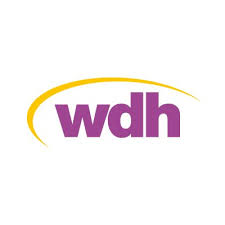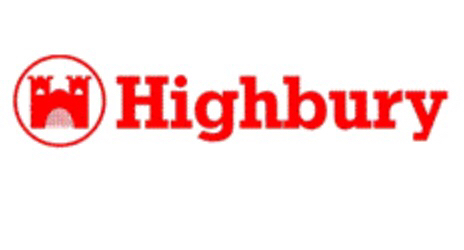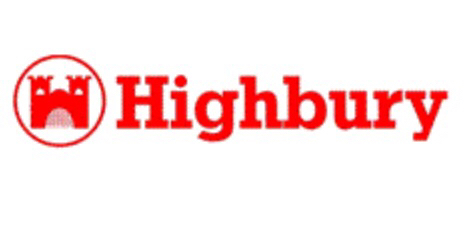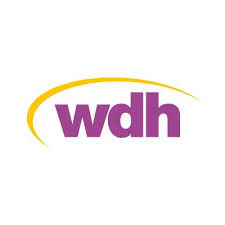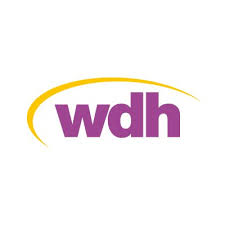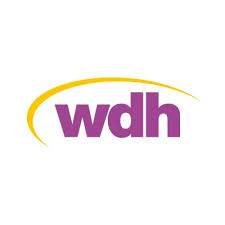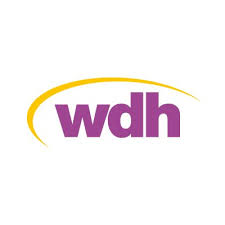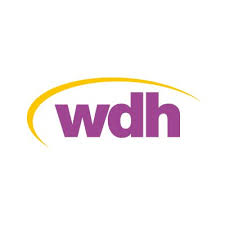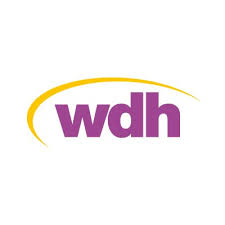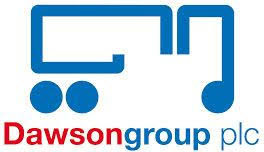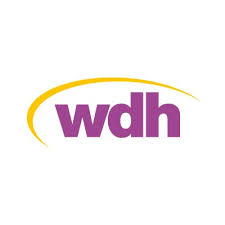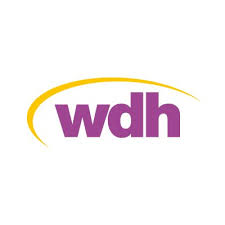Title Page
-
Conducted on
-
Project Name
-
Scope of Works
-
Name of Inspector and Job Title
-
Accompanied by and Job Title
-
Actions completed from previous inspection
1.0 Site Safety
-
1.1 Signs in place
-
1.2 Public protected from work area
2.0 Site Compound and Welfare Facilities
-
2.1 Compound fence erected and secure including signage, lighting and so on
-
2.2 Compound clean and tidy - free from slip and trip hazards
-
2.3 Welfare facilities checks recorded in the site manager's weekly inspection report
-
2.4 Canteen, restroom and drying rooms clean and tidy
-
2.5 Adequate seating, means of heating food and making hot drinks available
-
2.6 Hot and cold running water
-
2.7 Toilet with washing facilities available / sufficient number. Lit, well ventilated, clean and tidy. Soap, paper towels and toilet roll available
3.0 Site Documentation
-
3.1 Health & Safety notice boards available and up to date - Policies, Insurance, HS Law Poster, Traffic Management Plan, Fire Arrangements etc.
-
3.2 Construction Phase Plan available and up to date
-
3.3 Attendance records - Signing in/out
-
3.4 Site Inductions - CSCS cards copied and included
-
3.5 Risk Assessments, Method Statements and COSHH Assessments - Read, understood and signed for
-
3.6 Monthly site meetings - Health, Safety and Environmental included (findings from last inspection discussed)
-
3.7 Health and Safety monitoring by site teams - weekly
-
3.8 Toolbox talks - frequently delivered e.g. fortnightly
-
3.9 First Aid - Accident book present (corrective actions taken), First Aiders on site and details displayed, First Aid equipment available/in date
-
3.10 Permit Register completed - Permits appropriately completed
-
3.11 TRAD decks used - Handover certs and inspections completed
-
3.12 Wind speed anemometer available
4.0 Access Platforms (Including ladders, step ladders. podiums and so on)
-
4.1 Suitable for task in state of good repair
-
4.2 Industrial quality (class 1)
-
4.3 Tagged in date
-
4.4 Secured to prevent slippage sideways or out (anchored) - Platform resting on solid surface
-
4.5 Platform sited to prevent overreaching e.g. 3 rungs above where work is
-
4.6 PUWER Assessments completed - pre-use checks
-
5.0 Scaffolding used?
-
5.1 Hand Over certificates available
-
5.2 Scaffold erected, altered and dismantled by competent person (CISRS cards)
-
5.3 Scaffold tags used correctly when complete and incomplete
-
5.4 Standards have base plates in place
-
5.5 Standards, ledgers, transoms, braces and struts are in correct position
-
5.6 Scaffold tied to building to prevent collapse = Test certificates available
-
5.7 Toe boards in place and level & Brick guards in place and secure
-
5.8 Ladder gates provided, fit flush to guardrails. Ladder gates positioned away from door openings
-
5.9 Foam protection to standards where risk is present
-
5.10 Operatives working in accordance with SG4:15
-
5.11 Scaffold inspections up to date (Roofing schemes = Daily, Other = Weekly)
-
5.12 Test certificate for Gin Wheel
-
5.13 Loading bay gates shut and signed
-
5.14 Ladders secure to scaffold structure, tagged and in date
-
5.15 Ladder feet placed appropriately and firm to ground
-
6.0 Tower Scaffold(s) used?
-
6.1 Correctly erected and used
-
6.2 Outriggers used where appropriate and wheels locked
-
6.3 Platforms empty when moving tower
-
6.4 Safe access / egress on to/from platform
-
6.5 People PASMA trained
-
6.6 Platforms are tagged
-
7.0 Roof Work?
-
7.1 Edge protection to prevent materials or people falling
-
7.2 People kept away from area below roof work
-
7.3 Weather conditions suitable for work activity
-
7.4 Harnesses required
-
7.5 Harnesses and belts used in good condition - checks recorded, 6 month thorough examination certificates available
-
People trained in use of restraints system
-
8.0 Excavations?
-
8.1 Adequate trench support
-
8.2 Safe access / egress in to and out of excavation
-
8.3 Barriers erected to stop people or materials falling in
-
8.4 Stop blocks in place to prevent vehicles falling in
-
8.5 Excavations not affecting neighbouring buildings / structures (monitoring movement)
-
8.6 Excavated arising safely stockpiled
-
8.7 Warning signs displayed
-
8.8 Gas monitoring equipment used and calibrated
-
9.0 Lifting Operations and Lifting Equipment?
-
9.1 Competent persons (crane / plant operator, appointed person, slinger / signaller, banksman, crane lift supervisor and so on)
-
9.2 Lift plan available, appropriate and up to date
-
9.3 Thorough examinations for lifting equipment / accessories
-
9.4 Segregation of operatives / members of public from lifting area
-
9.5 Safe system of work implemented
-
9.6 Relevant checklist completed for mobile crane, telehandler and excavators
10.0 Manual Handling
-
10.1 People trained to lift safely (TBT?)
-
10.2 Mechanical aids available to reduce manual handling
-
10.3 Materials provided in 25kg bags (consider unwieldy loads) & weights known
-
10.4 Manual handling included in risk assessments and method statements
-
10.5 Safe manual handling techniques observed
11.0 Noise / Vibration
-
11.1 Noise measuring completed or information from manufacturer available
-
11.2 Noise nuisance to nearby residents not an issue?
-
11.3 Noise protection provided and worn as required (PPE as for each MS)
-
11.4 Hearing protection zones established (+85dbA) & non-workers kept away from noisy areas
-
11.5 HAVS information for all equipment obtained and communicated sufficiently to all workers (TBT, Posters etc.)
-
11.6 HAVS / Noise awareness training - Exposure times made available and briefed to operatives
12.0 PPE
-
12.1 Suitable protective equipment available
-
PPE / RPE Score explained
-
12.3 Issue of PPE is recorded (any defects)
-
12.4 PPE / RPE is stored to prevent contamination
13.0 Services
-
13.1 Services on site identified (drawing marked up or identified at work area)
-
13.2 Cable avoidance tools available, persons trained and equipment calibrated
-
13.3 Utilities drawings and information on site
-
13.4 Isolation of services (lock off by competent electrician)
-
13.5 Working on live services (permits)
-
13.6 Gas Safety checks completed
-
13.7 Electrical test for welfare facilities
-
13.8 Calibration certificate for Gas Flue analyser
14.0 Traffic Management - Site
-
14.1 Traffic Management Plan adhered to with vehicles parked safely
-
14.2 Tools stored safely in vehicles
-
14.3 Pedestrian and vehicle routes segregated, in good condition and free of obstruction
-
14.4 Separate pedestrian access gate provided
-
14.5 Signage displayed and in good order (pedestrian routes, speed limit, pedestrian access gate and so on)
-
14.6 Pre-start checks completed for WDH vehicles - First aid and Fire extinguisher in date and functional
15.0 Tools and Equipment
-
15.1 PAT Testing - Welfare Equipment = 1yr, Site Equipment = 3mth
-
15.2 RCD / 110v / Battery Powered
-
15.3 Visual - Tools in good working order
-
15.4 Competent users
-
15.5 Weekly inspections recorded as per PUWER
-
16.0 Mobile Plant?
-
16.1 Competent plant operator(s), certs available
-
16.2 Thorough examination certificates available and up to date (Equipment and lifting accessories)
-
16.3 Pre-use / regular checks made and recorded as per PUWER (7 days)
-
16.4 Seat belts worn and in good condition, Flashing lights functional, Reverse sirens functional, Mirrors available and functional
-
Plant in good order - tyres, safe working load indicator etc.
-
Banksman used for critical manoeuvres
17.0 Fire
-
17.1 Fire plan layout and Emergency plan available and up to date
-
17.2 Suitable number and type of fire equipment available on site and within compound
-
17.3 Fire Extinguishers serviced (annually) and functional (good condition, in the green etc.)
-
17.4 Means of raising alarm - In compound and out on site
-
17.5 Weekly tests on fire safety equipment & quarterly fire drills recorded
-
17.6 Emergency lighting provided (adequate) and tested
-
17.7 Escape routes and exits identified and free of obstruction
-
17.8 Emergency assembly point displayed - Site operatives and visitors aware of emergency procedure
-
17.9 Fuel and LPG stored correctly - appropriate bund used and locked away
-
17.10 Smoke detectors provided in compound and tested
-
17.11 No Smoking signs and rules adhered to
18.0 Housekeeping
-
Why is housekeeping score below 5?
-
18.2 Access and egress routes in good condition and free of obstruction
-
18.3 Air quality is controlled sufficiently - no excess dust / fumes
-
18.4 No trailing cables / leads
-
18.5 No spills & correct spill contingencies readily available
-
19.0 Asbestos identified on site?
-
19.1 Asbestos surveys available
-
19.2 Competent persons carrying out removal, disturbance (Licensed contractor, competent, trained)
-
19.3 Risk assessments and method statements available and adhered to
-
19.4 Operatives working in accordance with HSG247 - Segregation, PPE, Extraction, Disposal, Air clearance tests etc.
-
19.5 Consignment notes available and completed correctly
-
19.6 HSE notified (Licensed / NNLW)
-
19.7 Asbestos left in property in good condition or damaged
-
19.8 All operatives Asbestos Awareness trained
20.0 Waste Management
-
20.1 Consignment notes available (general and hazardous waste) and log completed
-
20.2 Waste appropriately and safely segregated
-
20.3 Skip area clean and tidy, not overfilled
22.0 Demolition works
-
Demolition works conducted according to Demolition plan and risk assessment?
23.0 Other
-
23.1 Temporary Works?
-
23.2 Temporary works co-ordinator appointed
-
23.3 Design briefs produced
-
23.4 Design drawing / details available / checked
-
23.5 Temporary Works Register completed
-
23.6 Permit to load/strike
-
23.7 Temporary works satisfactory
-
23.8 Apprentices working safely and appropriately supervised
-
Anything else to note
-
Additional photos
-
Add name before signing
